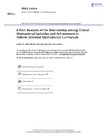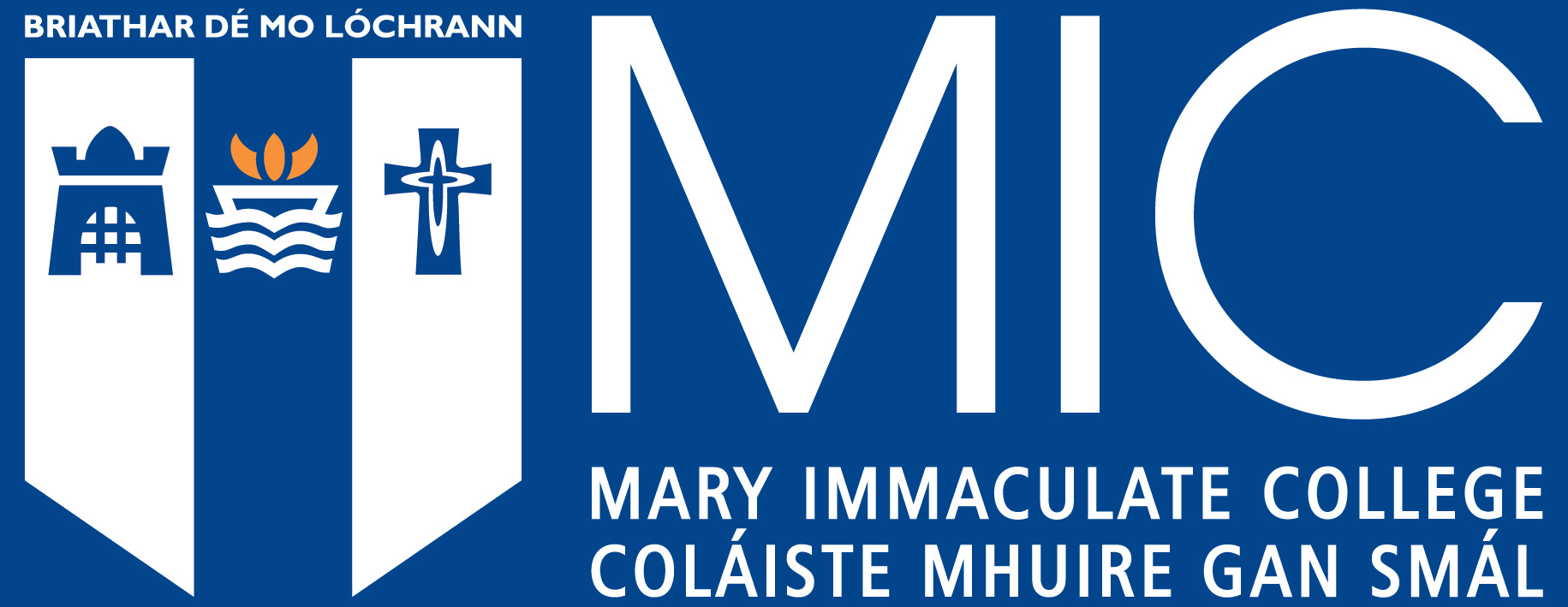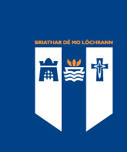A path analysis of the relationship among critical motivational variables and achievement in reform-oriented mathematics curriculum
Citation
James A. Middleton, Aisling Leavy & Lars Leader (2013) A Path Analysis of the Relationship among Critical Motivational Variables and Achievement in Reform-Oriented Mathematics Curriculum, RMLE Online, 36:8, 1-10, DOI: 10.1080/19404476.2013.11462101

View/
Date
2013Author
Leavy, Aisling
Middleton, James A.
Leader, Lars
Peer Reviewed
YesMetadata
Show full item record
James A. Middleton, Aisling Leavy & Lars Leader (2013) A Path Analysis of the Relationship among Critical Motivational Variables and Achievement in Reform-Oriented Mathematics Curriculum, RMLE Online, 36:8, 1-10, DOI: 10.1080/19404476.2013.11462101
Abstract
This study investigated the relationship among critical motivational variables and mathematics achievement as middle grades students engaged in a reform-oriented curriculum, Mathematics in Context. We tested 327 students in fifth, sixth, and seventh
grade before and after two years of implementation. We performed a path analysis with subscales representing latent motivational variables and with achievement on the Iowa Test of Basic Skills as the outcome variable. The variables stimulation and control interacted to produce task interest, which, in turn, contributed to achievement gains. Effort was a byproduct of the stimulation afforded by the mathematical tasks. Attributions of success and failure were outcomes of interest. Utility mediated the effort on tasks and the attributions the tasks engendered. Results show that, with curriculum designed to emphasize utility and interest, students forged a high degree of motivation. Also, their achievement increased dramatically, in part, as a function of this increase in motivation.
Keywords
Path analysisRelationship
Critical Motivational Variables
Achievement
Reform-Oriented Mathematics
Curriculum

